First impressions: Santhiram General Hospital
If I had to compare my freshman orientation week at W&M to any other experience I have had, these last few days at Santhiram General Hospital and Medical College would come to mind. Feelings of anxiousness are succumbed by supportive individuals doing their best to make you feel at home. Unlike W&M’s orientation, my experience here doesn’t have a formal orientation for international observers, but I have access to a number of people who inform me about my upcoming ventures at the hospital. Fifth-year med students, aka house surgeons, and post-graduate (PG) students move me around to various parts of the hospital based on the doctor’s orders. During lunch time, the PG students/house surgeons and I dine together at the hostel mess serving traditional Andhra Pradesh food such as rice, dal, rasam, curry, and curd. After lunch, I head back to the hospital for some more observation. This schedule allows me to learn from experienced doctors and high-achieving med students creating a unique and enjoyable experience.
During my time here, I have seen the OP (out-patient) of an Oral/Maxillofacial and a general surgeon. The obvious difference I observed between the US and India is the patients’ delay in approaching the doctor for help. Since the hospital is located in a rural community with low health care awareness, many people don’t come until they notice symptoms that are potentially critical, when treatment options are more complicated and may require a specialist not present in the area. Although Nandyal, the town outside of which Santhiram is located, has a lot of general medicine practitioners and general surgeons, it doesn’t house any neurosurgeons or CT surgeons. This may be traced to an inability of a large portion of the public to pay for these services.
An admirable aspect of Santhiram General Hospital is that all of the surgeries performed are free of charge, funded mainly through the tuition fees acquired from the medical college. The medical college is integrated into the hospital such that students regularly have lessons with attending doctors. After being part of one of these lessons, I can say that a lot of respect is given to the professor. All of the students stand up in concert whenever a doctor walks by to show their deference. In lecture, there aren’t a lot of questions asked, and students answer every question by attaching a “sir” to the end of every sentence. I, on the other hand, only started to say “sir” after a house surgeon heard my conversation with a doctor and advised me to say it. I am rapidly understanding the nuances of using the word and will soon make it part of my daily vocabulary.
These are the most striking differences I have noticed, and I hope to discover many more in the next two months.
Although there are a lot of differences between the US and India, some things remain constant. The first time my parents visited Sadler, they told me that the food was great, and the two times I dined at the mess, I mentioned that the food was very tasty. Both statements got the same response, “Eat here for a week, and you will see.” I guess food brings people together like no other.
I will be observing a different department every week, and, without providing patient information, my goal is to put forth overarching themes that I come across in my time here.

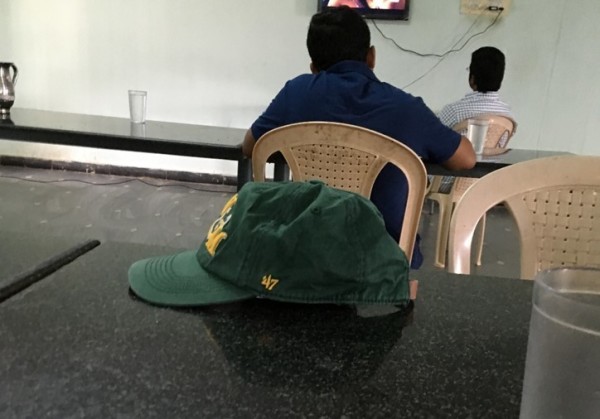
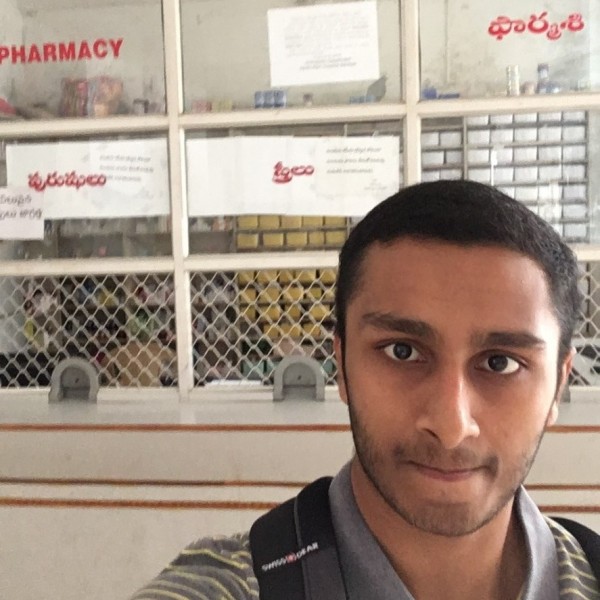
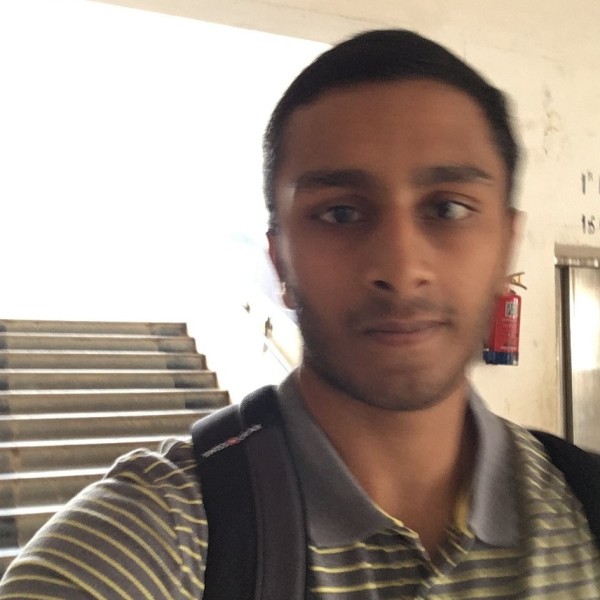
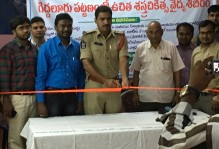
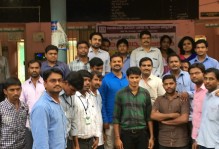
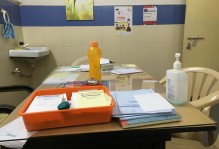
No comments.
Comments are currently closed. Comments are closed on all posts older than one year, and for those in our archive.